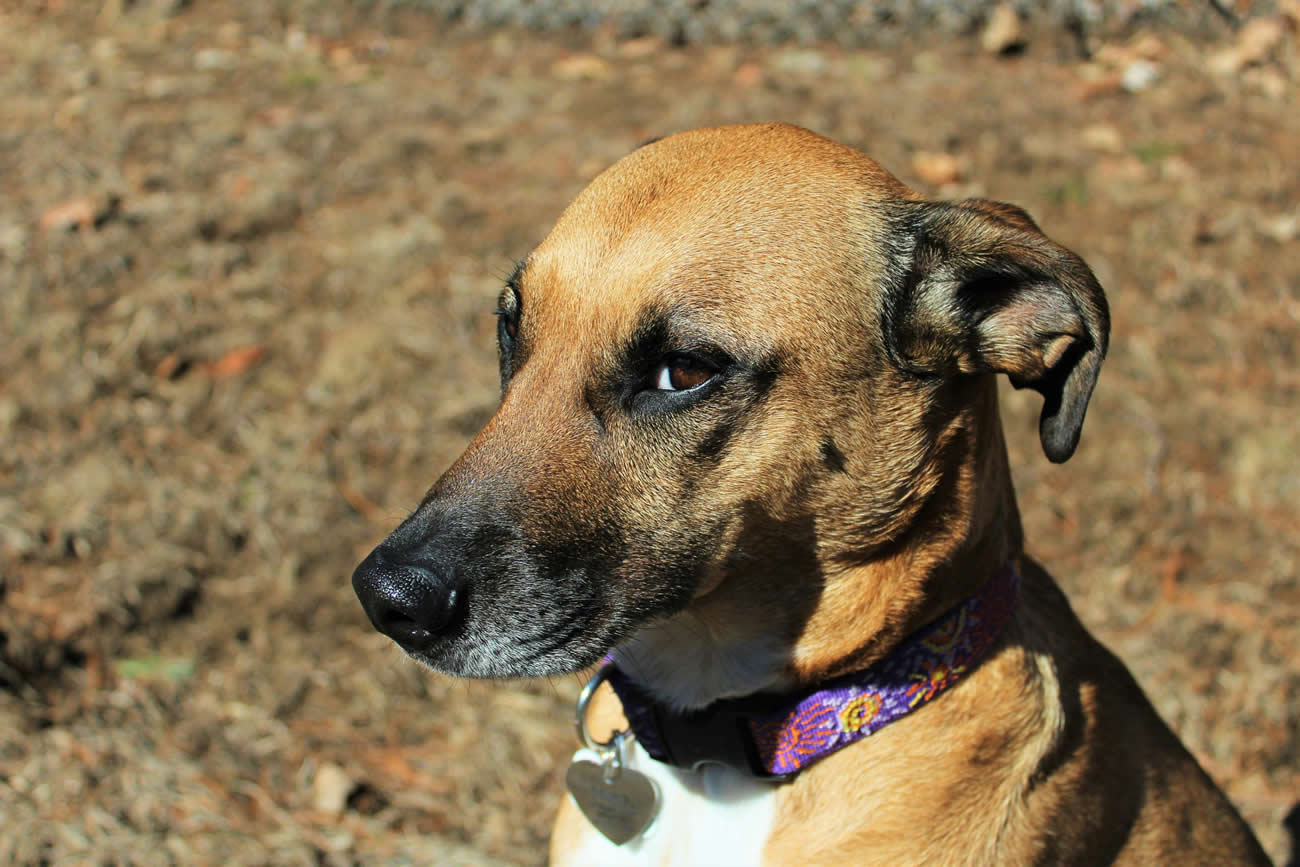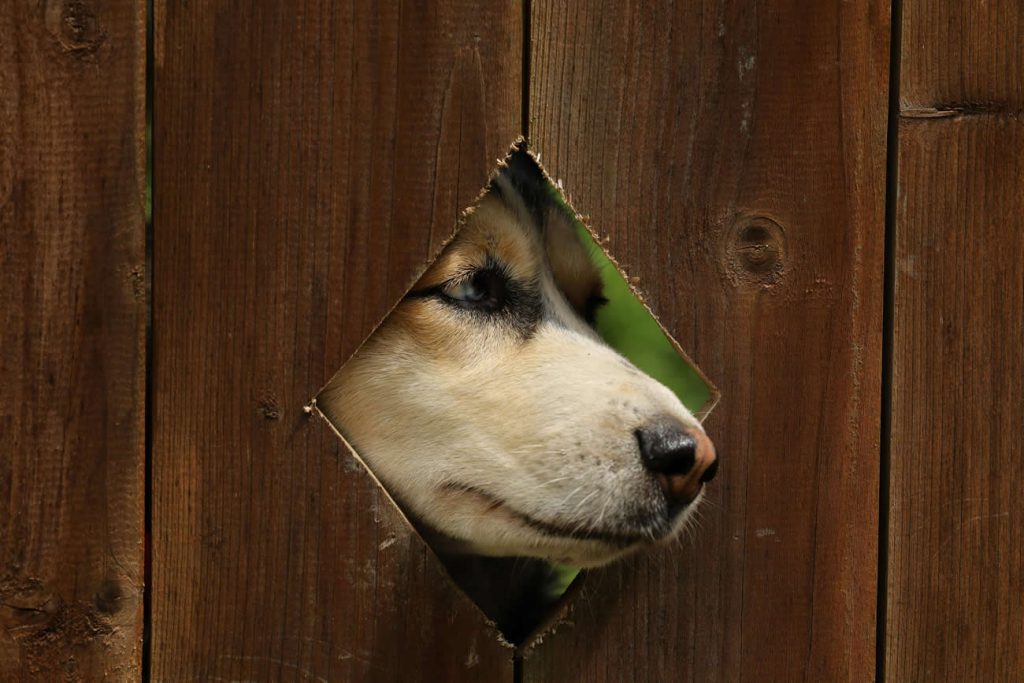Nowadays, most dog owners are well aware of the many benefits of training their dogs.
It’s a fact that a trained dog is a happier and better-adjusted dog. With that in mind, there are many different methods out there to help you teach your dog new behaviours.
However, not all methods are created equal. Some methods may work on some dogs but not on others. The key is to find the proper method for your particular pooch. In this article, we’ll cover some of the most effective methods for training stubborn dogs, as well as some tips on how to get started with training your pet!
What Works On Stubborn Dogs?
The first thing you need to do when training any dog is understand why they’re being stubborn in the first place! Dogs have minds of their own — they love freedom and independence — so it can be very hard to get them to do something they don’t want to do in the first place!
So, what does this mean for us as trainers? It means we need to appeal to more than just their minds — we need to appeal to their hearts, too.
Dog training is a vital part of dog ownership. It can be challenging to train your dog, however, especially if it’s stubborn or has behavioural issues. Here are some tips on how to train a stubborn dog:
Know that you’re in charge
Dogs need to know who’s in charge, so make sure they know that you’re the alpha dog. You should be confident and assertive when training your pet. Don’t hesitate to give commands, even when they’re disobedient at first.
If you have an aggressive dog, avoid being confrontational or aggressive yourself. This will only encourage your pet’s bad behaviour and could cause serious injuries for both of you.
Use positive reinforcement
Positive reinforcement works best on stubborn dogs because it makes them feel good about themselves and encourages them to behave well without feeling threatened by their owners’ presence or authority.
When using positive reinforcement, reward them with treats or toys when they do something right so that they associate good things with their actions instead of the negative consequences of bad behaviour (e.g., getting yelled at).
Try using food-related incentives
We all know that dogs are primarily motivated by food, so using treats as rewards for good behaviour is an excellent way to encourage them to do what you want them to do. However, it’s important not to train with treats every time, or your dog will lose interest in listening when there aren’t any treats around. This may also spoil them.
Time-outs
Time-outs are an effective way to make your dog understand that something he did was wrong. A time-out involves placing your dog in a room or area separate from you for a specific amount of time (usually 5 minutes).
Time-outs can be used as a punishment for bad behaviour or as a reward for good behaviour if you give your dog treats during his time-out period. They should always be used when the dog is out of control but you still want him around (such as when guests come over).
Can Stubborn Dogs Be Trained?
The answer is yes. Stubborn dogs can be trained. Some dogs are just more stubborn than others, and this can make training them a challenge. If you have a stubborn dog, one of the best things you can do is start early with training. It’s never too late to start training, though.
Some dogs are born with more stubbornness than others. In fact, some breeds are known for it. Bulldogs, for example, have a reputation for being stubborn and not following directions from their owners. But is it possible to train a stubborn dog? The answer is yes!
If you have a stubborn dog, he has been conditioned by his environment and his past experiences to act in a certain way. If you want him to stop acting that way, then you will have to change his environment and his past experiences. You will have to retrain him from scratch or teach him new behaviours that override the old ones.
One of the main problems with training a very stubborn dog is that most people don’t know how to do it properly. They may give up too quickly or try too hard without getting results because they don’t understand what’s going on inside their pet’s head.
Stubborn dogs need consistent training to learn new behaviours and eliminate bad ones. You should also try turning negative behaviours into positive ones—for example, showing your dog how to sit rather than telling him not to jump on visitors.
It’s important to remember that dogs are pack animals and they will try to please their owners. If you want your dog to behave, then you need to establish yourself as the leader of the pack.
How To Potty Train A Stubborn Dog
If you have a stubborn dog, potty training can be a real challenge. This article will give you some tips on how to potty train a stubborn dog.
The first thing you need to do is make sure that your dog is healthy. If your dog has any health issues, then it may be difficult for him to learn how to use the bathroom outside. Sometimes, these health problems can be treated with medication or diet changes.
If your dog has a medical condition that causes him to have accidents in the house, then he may not be able to be potty trained as quickly as other dogs.
Another reason some dogs are more difficult than others when it comes to potty training is their personalities. Some dogs are just more stubborn than others and will not listen as easily as other dogs. These types of dogs require more patience and persistence when trying to teach them new things like potty training.
If you have a stubborn dog, you should try praising him when he does something right instead of punishing him when he does something wrong. For example, if your dog pees outside but poops inside, then reward him for peeing outside by giving him treats or playing with him inside the house before taking him out again so that he knows what to do.
Our Final Say!
Here are some tips on how to house-train a stubborn dog:
- Start early. The younger the dog, the easier it is to house train. Puppies can be house-trained as early as 8 weeks old.
- Set a schedule. Take your dog out to potty on a regular schedule, at least every 2-3 hours. This will help them learn to hold their bladder and bowels until they are outside.
- Use a cue word. When you take your dog out to potty, use a cue word, such as “go potty.” This will help them associate the cue word with the act of going potty.
- Reward good behaviour. When your dog goes potty outside, be sure to praise it and give it a treat. This will help it learn that going potty outside is a good thing.
- Don’t punish accidents. If your dog has an accident inside, don’t punish it. This will only make the dog afraid of you and less likely to want to go potty in front of you. Clean up the accident and take the dog outside to potty.
- Be patient. House training takes time and patience. Don’t get discouraged if your dog has an accident. Just keep taking them out on a regular schedule and rewarding good behaviour.
Here are some additional tips for house training a stubborn dog:
- Limit your dog’s access to the house. If your dog has free roam of the house, they are more likely to have accidents. Consider crating your dog when you are not home or keeping them in a small, confined area.
- Take your dog to the same spot every time. This will help them learn to associate that spot with potty time.
- Be consistent. It is important to be consistent with your house training routine. If you take your dog out on a regular schedule and reward good behaviour, they will eventually learn to go potty outside.
If you are having trouble house-training your dog, you may want to consider hiring a professional dog trainer. A trainer can help you develop a customized training plan and provide you with support and guidance.






